Nickel-Cadmium (NiCd) rechargeable batteries have been a staple in the world of portable electronics for decades. Known for their reliability and durability, NiCd batteries have been used in everything from cordless phones to power tools. However, as technology advances and new battery chemistries emerge, it's essential to understand the lifespan of NiCd batteries and how they compare to newer options like Nickel-Metal Hydride (NiMH) and Lithium-ion (Li-ion) batteries. In this comprehensive analysis, we will explore the factors that influence the lifespan of NiCd rechargeable batteries and offer insights into their longevity.
Want to know more about NiCd Batteries or need a quote? Simply contact our team of experts who will help you with your enquiry. Please provide as much information as possible so that we can respond effectively.
Before delving into the lifespan of NiCd batteries, it's essential to understand their chemistry. NiCd batteries are composed of two main components:
1. Positive Electrode (Cathode): Typically made of nickel oxide hydroxide (NiOOH).
2. Negative Electrode (Anode): Composed of cadmium (Cd).
The electrolyte that facilitates the flow of ions between these two electrodes is typically potassium hydroxide (KOH).
The lifespan of NiCd batteries depends on various factors, and understanding these factors is crucial for maximizing their longevity:
The cycle life of a battery refers to the number of charge and discharge cycles it can endure before its capacity significantly degrades. NiCd batteries are known for their relatively high cycle life, which can range from 500 to 1,000 cycles or even more. Proper charging and discharging practices can extend their cycle life further.
The depth to which a NiCd battery is discharged during each cycle can significantly impact its lifespan. Shallower discharges (e.g., discharging to 20% capacity instead of 80%) can extend the battery's life.
NiCd batteries are sensitive to overcharging, which can lead to the formation of crystalline structures known as "dendrites" on the electrodes. These dendrites can cause short circuits and reduce the battery's lifespan. Overdischarging, on the other hand, can lead to reverse charging, damaging the battery.
NiCd batteries perform best within a moderate temperature range. Exposure to extreme heat or cold can lead to capacity loss and a shortened lifespan. Storing NiCd batteries in a cool, dry place when not in use can help mitigate temperature-related issues.
The memory effect, often associated with NiCd batteries, occurs when the battery "forgets" its full capacity if it is repeatedly charged before being fully discharged. Modern NiCd batteries exhibit reduced memory effect compared to older versions, but it is still a consideration.
NiCd batteries have a relatively high self-discharge rate compared to some other battery types. Storing them for extended periods without periodic recharging can lead to capacity loss.
Ni-Cd Battery Pack D4000mAh 6V
The practical lifespan of NiCd batteries can vary widely depending on usage patterns and how well they are maintained. Here are some general guidelines:
1. Consumer Electronics: In devices like cordless phones or remote controls that undergo moderate use and are charged and discharged regularly, NiCd batteries can last for several years.
2. Power Tools: NiCd batteries have been widely used in power tools due to their durability. With proper care and occasional battery replacements, they can last anywhere from 3 to 7 years or more.
3. Emergency Lighting: In applications like emergency exit signs or backup lighting, NiCd batteries can provide reliable service for 5 to 10 years or longer when maintained correctly.
4. Aviation and Aerospace: NiCd batteries are still used in some aviation and aerospace applications due to their reliability. In these critical systems, they can last for more than a decade.
5. Electric Vehicles: NiCd batteries were once used in electric vehicles (EVs), but they have largely been replaced by newer chemistries like Li-ion due to their higher energy density. However, in some niche applications, NiCd batteries may still be in use, with lifespans varying depending on usage and maintenance.
While NiCd batteries have their advantages, they are gradually being replaced by newer battery chemistries like Nickel-Metal Hydride (NiMH) and Lithium-ion (Li-ion). Here's a brief comparison of their lifespans:
NiMH batteries typically offer a similar cycle life to NiCd batteries, ranging from 500 to 1,000 cycles. They have a lower self-discharge rate and are considered more environmentally friendly. NiMH batteries are commonly used in applications where higher energy density is not a primary concern.
Li-ion batteries have become the standard in many applications due to their high energy density, longer cycle life (usually exceeding 1,000 cycles), and lower self-discharge rate. They are lighter and have a higher capacity compared to NiCd and NiMH batteries. Li-ion batteries are widely used in consumer electronics, EVs, and renewable energy systems.
In summary, the lifespan of NiCd rechargeable batteries can vary based on factors such as usage patterns, maintenance practices, and the specific application. When well-maintained and used appropriately, NiCd batteries can provide reliable service for several years in consumer electronics, power tools, emergency lighting, and other applications. However, they are gradually being replaced by newer battery chemistries like NiMH and Li-ion, which offer improved performance, higher energy density, and longer cycle life. The choice of battery chemistry should be made based on the specific requirements and priorities of the application in question, taking into account factors like energy density, cycle life, and environmental considerations.
If you want to know more information about Nickel-Cadmium (NiCd) rechargeable batteries, please contact us: https://www.godsontechnology.com/guestbook/ We will provide professional answers.

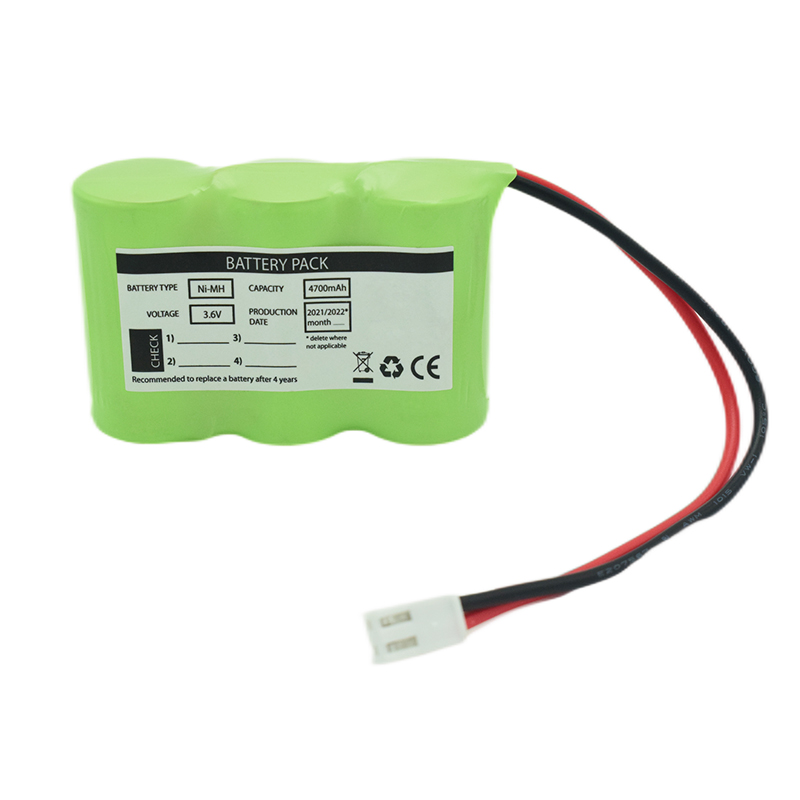 Ni-MH Battery C4700mAh 3.6V
Ni-MH Battery C4700mAh 3.6V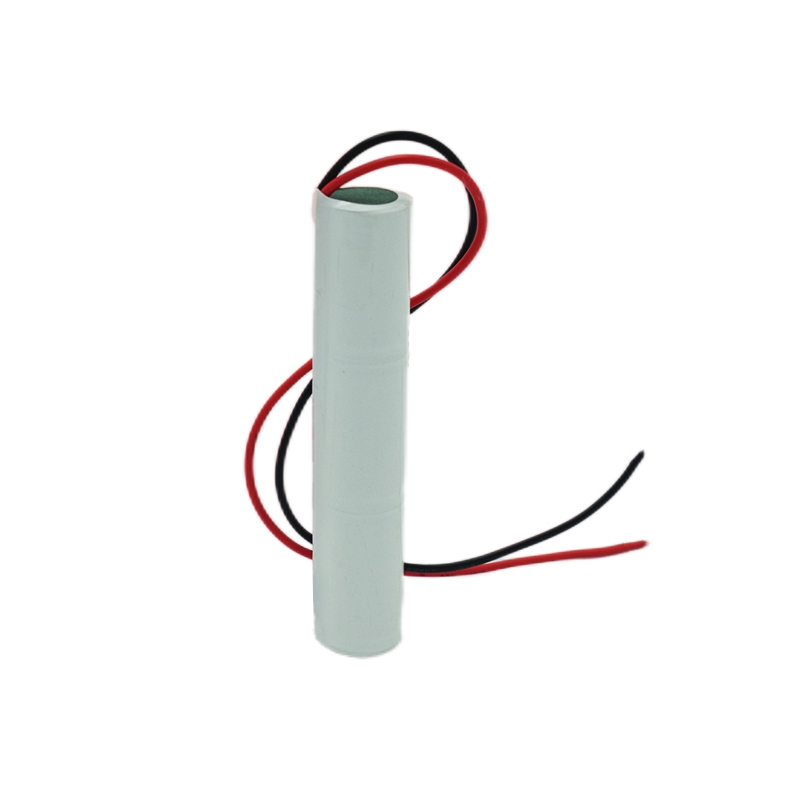 Nickel Cadmium Nicd Battery Pack SC1800mAh 3.6V
Nickel Cadmium Nicd Battery Pack SC1800mAh 3.6V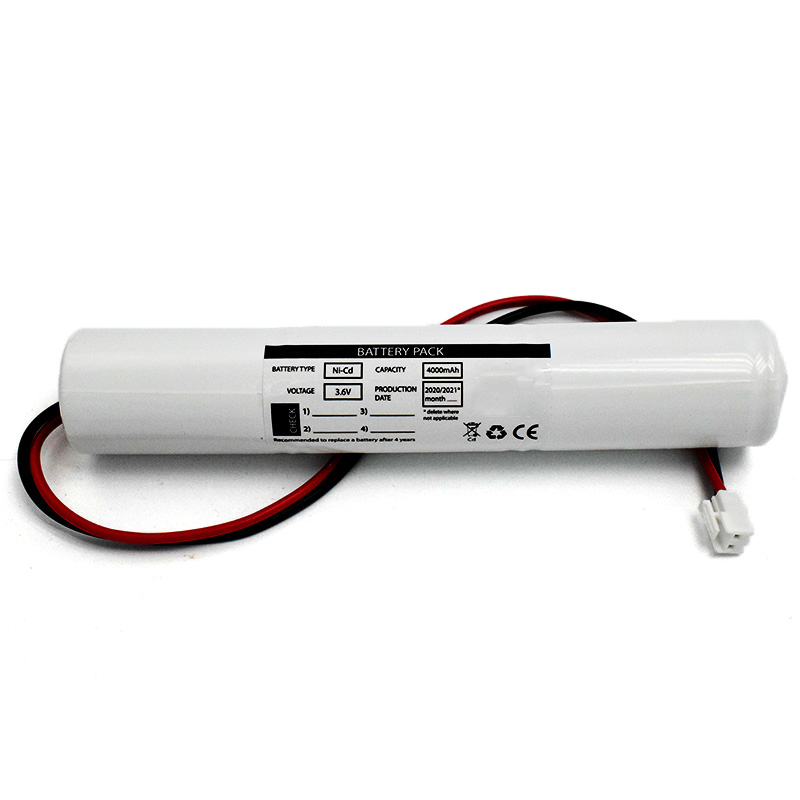 Ni-Cd Battery Pack D4000mAh 3.6V
Ni-Cd Battery Pack D4000mAh 3.6V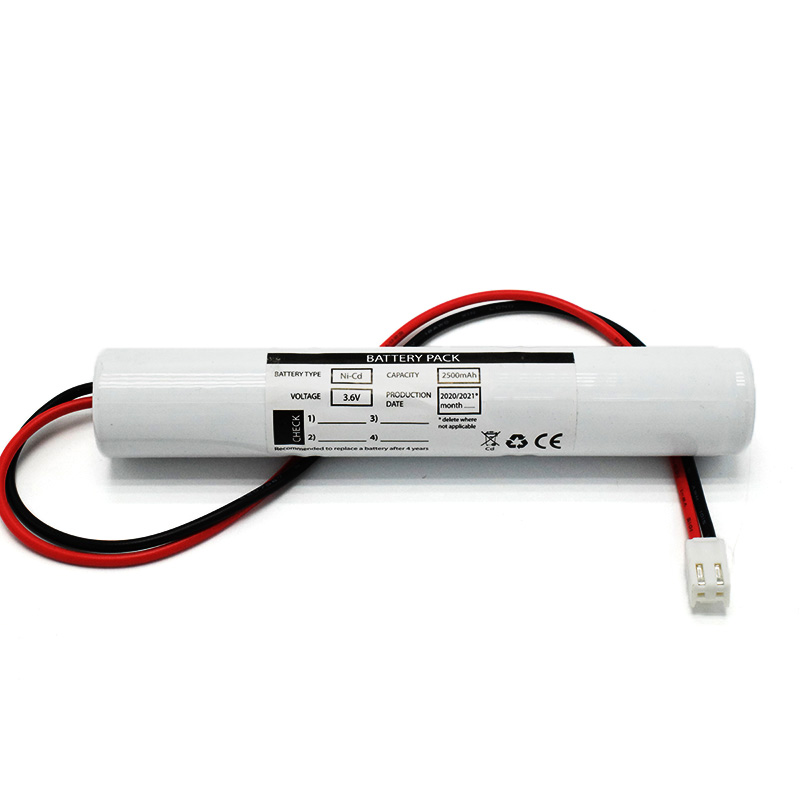 Ni-Cd Battery Pack C2500mAh 3.6V
Ni-Cd Battery Pack C2500mAh 3.6V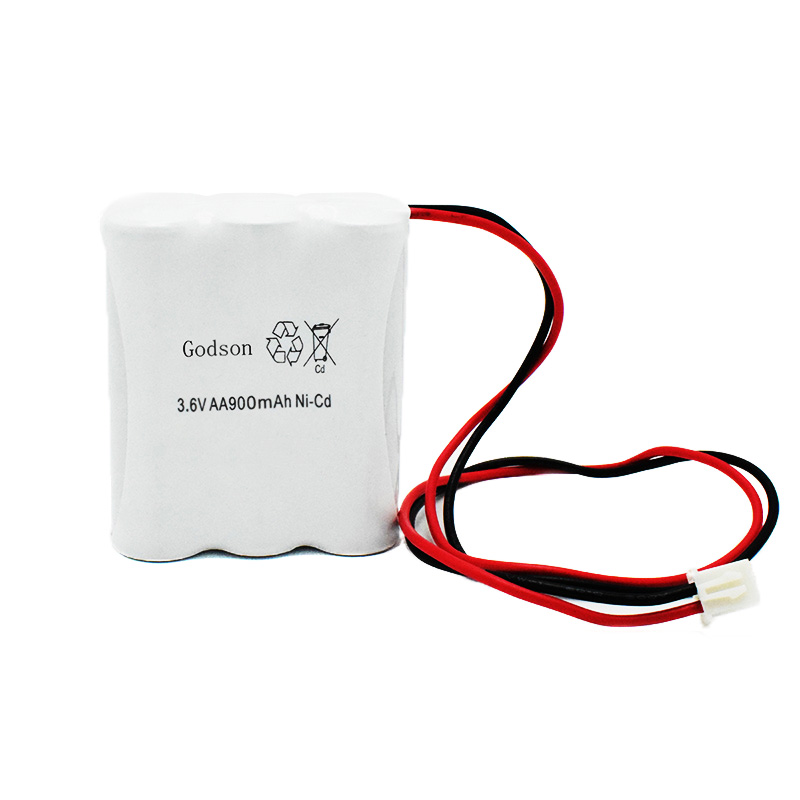 NICAD Battery Pack AA900mAh 3.6V
NICAD Battery Pack AA900mAh 3.6V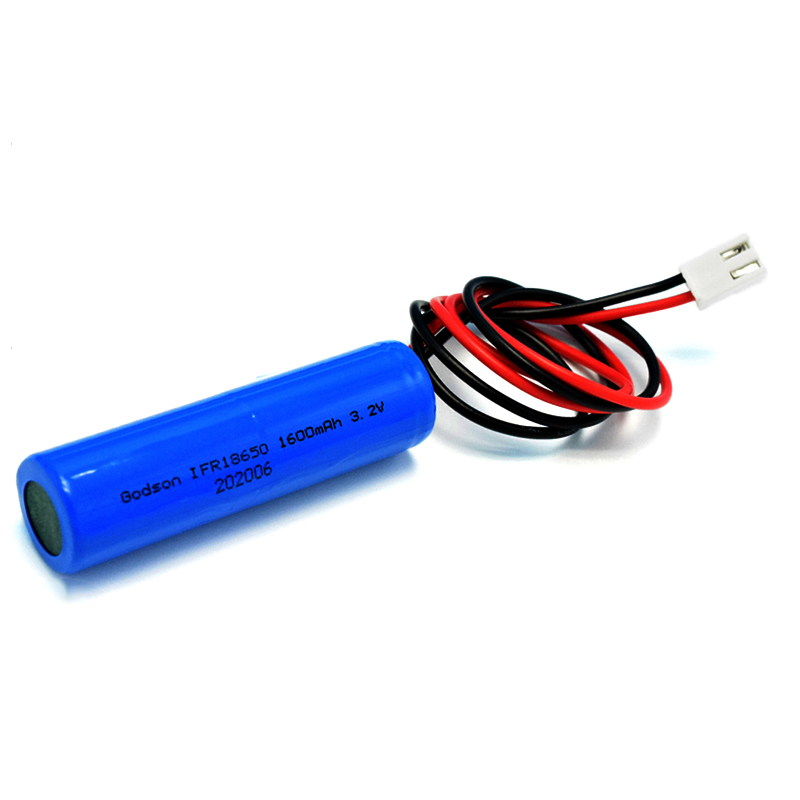 LiFePO4 IFR18650 1600mAh 3.2V
LiFePO4 IFR18650 1600mAh 3.2V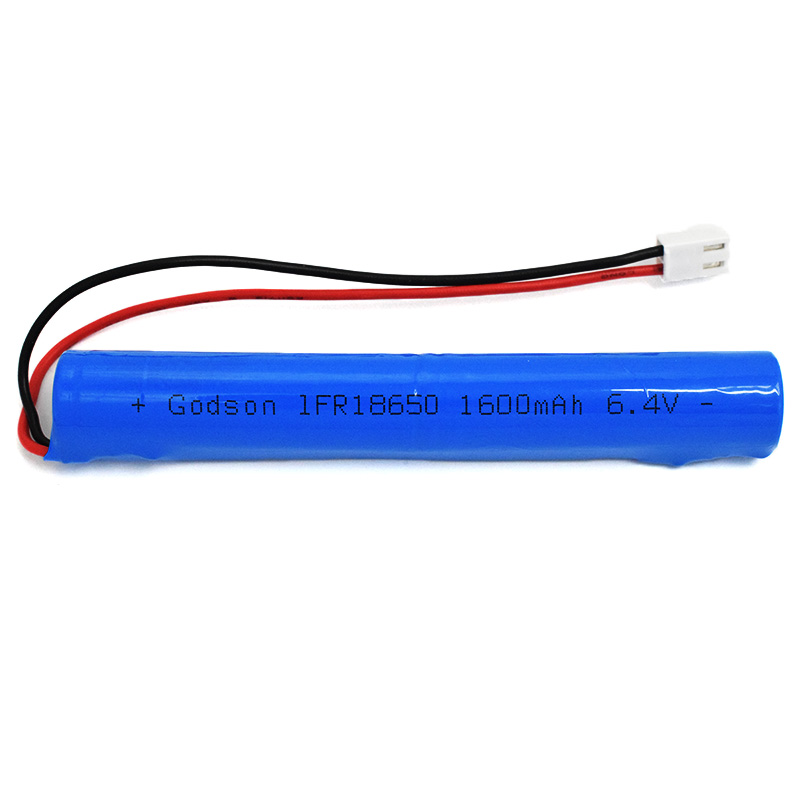 LiFePO4 IFR18650 1600mAh 6.4V
LiFePO4 IFR18650 1600mAh 6.4V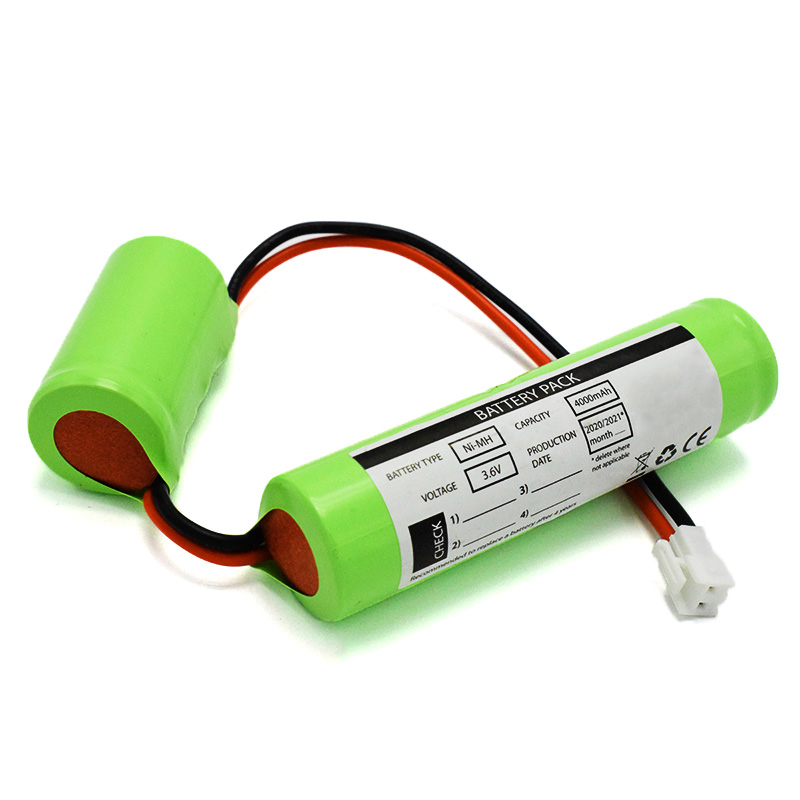 Ni-MH Battery C4000mAh 3.6V
Ni-MH Battery C4000mAh 3.6V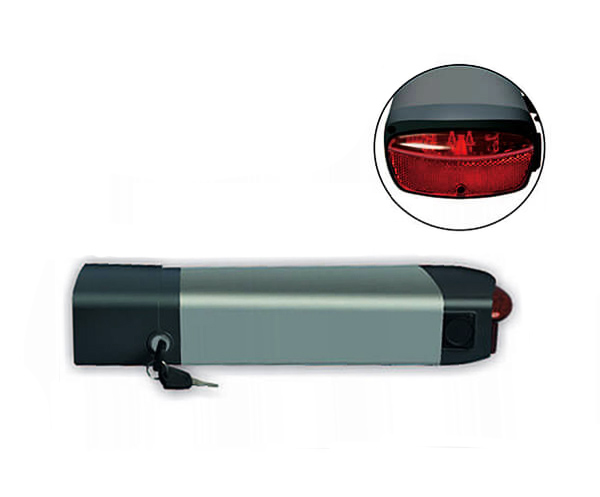 E-bike Battery 48V 10Ah JL-1
E-bike Battery 48V 10Ah JL-1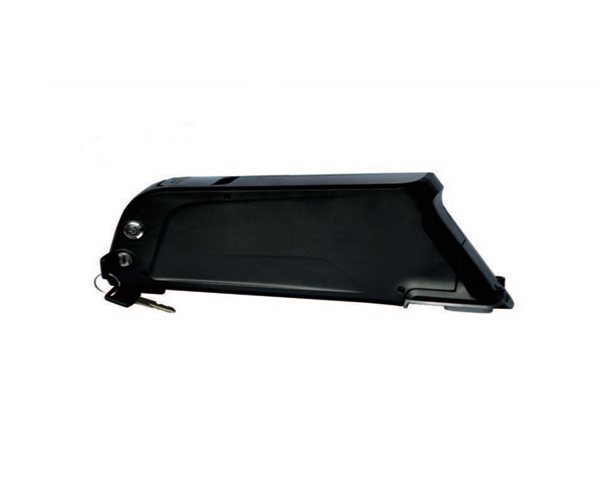 E-bike battery 48V 10Ah Qing Tian
E-bike battery 48V 10Ah Qing Tian